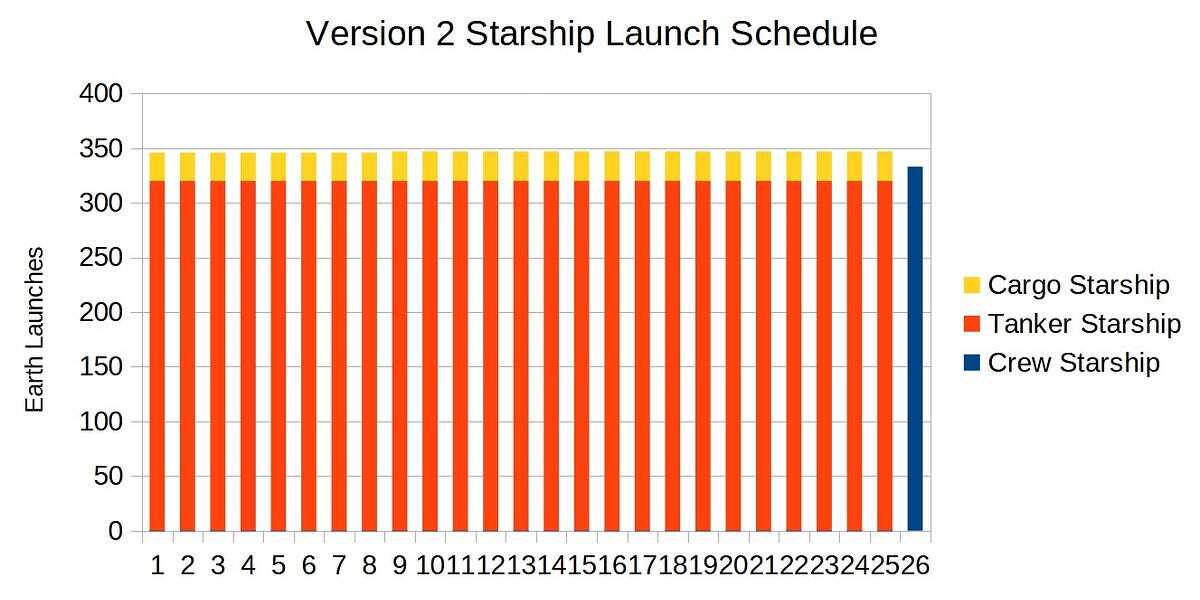marsokod
- 5 Posts
- 39 Comments

 51·8 months ago
51·8 months agoTo do the math, an assuming constant volume, a 30C increase corresponds to around 10% increase in pressure. That’s well within the margins of the tyre even if you go to the max rated.
If you then consider deformation and most importantly leakage over several weeks, this is a non-issue.

 14·8 months ago
14·8 months agoI have been using Bookstack, I like it though it is missing a few features I would love:
- you cannot insert a video in it
- there is no possibility to comment on a particular text
- the permissions management is only done with roles. That’s fine generally but I wanted to be able to share a specific page with a specific user, and for that I had to basically create a dedicated role for this use.

 6·9 months ago
6·9 months agoI wear slippers inside mostly to protect agains cold floor, coffee tables, and most important of all, Lego bricks on the loose.
Also another reason to wear shoes inside is when you are constantly going inside and outside. Which means then your floor is dirty… which means you want to protect your feet from the dirt. That’s a vicious cycle but can be one of the reasons.

 4·9 months ago
4·9 months agoI am not familiar with what is required for hydropony, but I would guess it requires more equipment. Plus growing them on Lunar soil means eventually you get some elements from the Lunar soil itself and do not need to have full recycling otherwise, which means you don’t have to have a fully closed cycle for this.
There is still the issue of the closed cycle for air though (which is where Mars is easier than the Moon for medium term colonies).

 11·9 months ago
11·9 months agoIt is on the Moon, it knows it can die due to decompression at any moment and we completely screw up it’s circadian cycle with 30+ days. Of course it will be anxious, no need to prove it.

 1·10 months ago
1·10 months agoLet’s see if it wakes up once the sun hits the solar panels. Hopefully the thermal conditions do not kill it by then.

 4·11 months ago
4·11 months agoIt means that U.S. automakers find it cheaper to have their vehicles made in China and then import them in the U.S., rather than make them directly in the U.S. in the first place.
This means that manufacturing in China is so cheap that even with the tariffs, it is more cost effective to go there. If your goal with the tariffs is to level the game, then this should not happen (no one would relocate like that unless there is a massive gain).

 14·1 year ago
14·1 year agoBy quantity of oil, I would think an oil spill is more damaging.
However, the damage from the sum of all oil spills pale in comparison to the damage of burned fossil fuels. But that’s because we try not to spill oil too much, that’s expensive to waste it.

 4·1 year ago
4·1 year agoDefense money is not lost, it pays people within your country. And you can even decide whether it goes to big corps or small companies.

 921·1 year ago
921·1 year agoMore accurate data here: https://planet4589.org/space/con/star/stats.html
Total down over the past 5 years is 355 over 5200 launched. And definitely not 50-100 satellites were lost in a week.

 2·1 year ago
2·1 year agoSorry, my autocorrect changed its into it’s.

 155·1 year ago
155·1 year agoOverlay it with a map of electricity emissions and it will fit nicely with a few small exceptions (like any small country neighbouring Poland, they will have bad air regardless of their own production).

 15·1 year ago
15·1 year agoTailscale surprisingly was the fastest, even faster than plain Wireguard, despite being userspace. But it also consumed more memory (245 MB after the iperf3 test!) and CPU.
Do we know if this is a variation due to the test protocol or Tailscale is using wireguard with specific settings to improve, slightly, its speed?

 1·1 year ago
1·1 year agoEven as a slave, the cost of a human work is magnitudes above the cost of using a pump with petrol. A slave may be able to output ~1kWh per day, that’s mostly a few 10s of cents anywhere. Can you feed anyone on that?

 10·1 year ago
10·1 year agoMassive flood in Lybia, thousands are feared dead: https://www.bbc.com/news/world-africa-66807956

 1·1 year ago
1·1 year agoWith Tailscale and other mesh VPN, by default all your machines are client and servers. If you have 3 machines A, B and C, when machine A wants to send something to B it will connect to the server that B has.
These mesh VPN have a central server that is used to help with the discovery of the members, manage ACLs, and in the case one machine is quite hidden and not direct network access can be done act as a relay. Only in that last case do the traffic go through the central server, otherwise the only thing the central server knows is that machine A requested to talk to machine B.
You still have to trust them if you want to use their server, but you can also host your own server (headscale for Tailscale). Though at this point you still need to somewhat trust Tailscale anyway since they re the ones doing the client releases. They could absolutely insert a backdoor and it would work for a while until is is discovered and would then totally ruin their reputation.

 6·1 year ago
6·1 year agoI think that’s unlikely. The nigerien force would encounter a lot of resistance, and this is likely to escalade the situation with ECOWAS and the African Union.
This is a game of chicken and the junta has very few good cards to play right now. Strategically, their only option is to wait until people are forced to accept them. But that option is extremely difficult given the current economical situation and blocus. They have almost no allies around them

 9·1 year ago
9·1 year agoThey are rated for the temperatures, if you use the right duct tape. We flew one here: https://m.dpreview.com/news/7371388799/nanoavionics-captures-first-4k-resolution-satellite-selfie-in-space-with-customized-gopro
There are less guarantees regarding life time due to radiations, but they are surprisingly good on this and the one in the link still work to this day (525km orbit)

 1·1 year ago
1·1 year agoOne thing to keep in mind is that the websocket sync is not straightforward to set up with vaultwarden and the proxy. If you don’t have it working, then your client does not necessarily sync on every change.
Maybe this is related to this, with sync not being performed by the client you were using for modification?





There are a few things that are different from what NASA has done in the past:
SpaceX Rocket is the most powerful rocket ever, surpassing everything that NASA or anyone else has ever done.
they are landing the rockets, with the aim of being able to recover them. If you skip the technicality that SpaceX first stage is suborbital but is part of an orbital launcher, that makes SpaceX the only entity who has achieved that, with some comparison to the Space Shuttle and Buran, though both were losing significant sections of the initial launcher, with very difficult repairs once on the ground.
the cost of the launcher. In terms of capabilities, NASA’s SLS is probably close to Starship. However, it costs around $2B/launch, and nothing is recoverable. Starship is meant for low cost. It is estimated that the current hardware + propellant for a single launch is under $100M. With reusability, a cost per launch under $10M is achievable in the mid term (10 years I would say) once the R&D has been paid ($1.4B/year at the moment, I would guess the whole development for Starship will be $10-20B, so same if not less than SLS).
the aim for high speed reusability - SpaceX aim is to launch as much as possible, as fast as possible, with the same hardware. While it is a bit early to understand how successful they will be (Elon was saying a launch every 1hr, which seem to be very optimistic, I would bet 6-12hrs to be more achievable). That was NASA’s original goal for the Space Shuttle, and they failed that.
finally, orbital refueling means you have a single vehicle that can basically go anywhere in the inner solar system without much issues, and minimal cost.
Also, what gets people excited are the prospects of what this enables. A 10-100x decrease in the access to orbit changes completely the space economics and opens a lot of possibilities. This means going to the Moon is a lot simpler because now you don’t need to reduce the mass of everything. This makes engineering way easier as you do not need to optimise everything to death, which tends to increase costs exponentially. And as for Mars, Starship is what makes having a meaningful colony there possible. Doing an Apollo like mission on Mars would have been possible for decades, but at a significant price for not much to show for. With cheap launch, you can just keep sending hardware there.